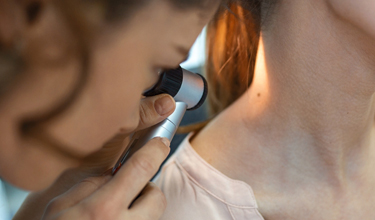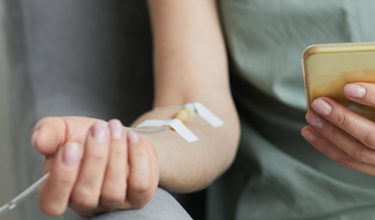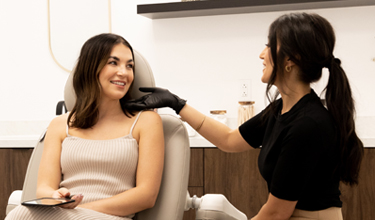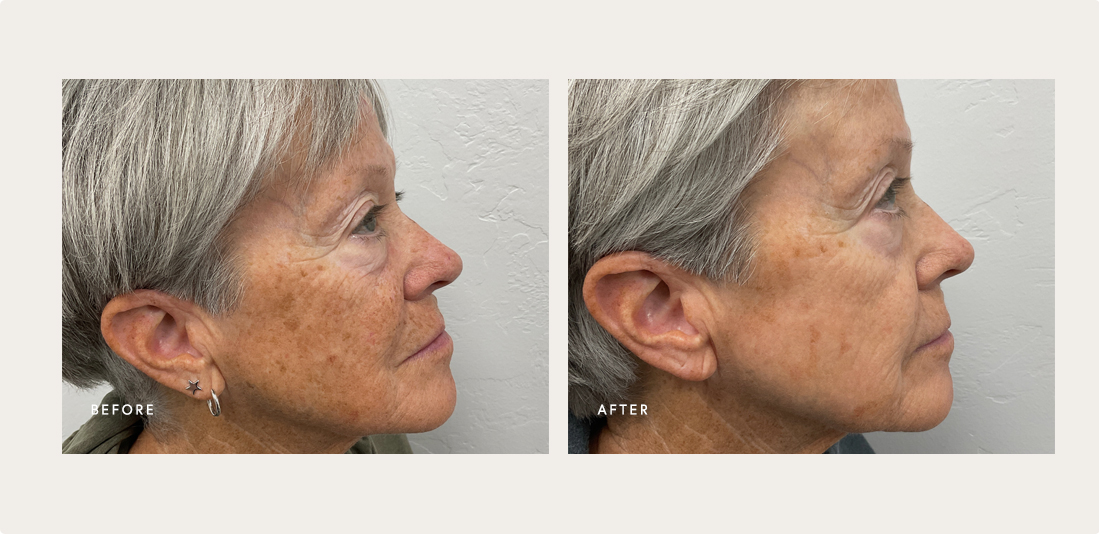Brown Spots, Age Spots, Sun Spots
Dr. Sheila Farhang is a board-certified dermatologist who has highly specialized training in skin of color. She has successfully completed a dual – accredited fellowship in both Mohs Micrographic Surgery and Cosmetic Surgery. Her training and experience with top skin of color experts in the country provide her with the expertise to diagnose and treat hyperpigmentation and melasma in any skin color including people of color. Dr. Farhang specializes in the diagnosis and treatment of common and rare skin disorders in patients of all ages.
What is hyperpigmentation?
Hyperpigmentation (dark spots) is a common skin problem where patches of skin become darker than the surrounding skin, due to an excess deposit of melanin. Melanin is the substance that gives our skin its color. Hyperpigmentation affects people of all skin colors.
Dark spots include brown spots, birthmarks, age spots, liver spots, freckles, sunspots, and melasma. Melasma is hyperpigmentation due to hormonal changes. Post-inflammatory hyperpigmentation results from an inflammatory skin condition.
Hyperpigmentation can affect any area, but is commonly found on the face, ears, back of the hands, arms, neck, chest, shoulders and back. Hyperpigmentation is not dangerous but is cosmetically unappealing.
What causes hyperpigmentation?
Hyperpigmentation can result from sun damage, acne scarring, heredity, some prescription medications, and hormonal imbalances.
Melasma
Melasma is a common problem that affects women, caused by hormone changes. Intense UV radiation exposure and a genetic predisposition play a role in the development of melasma. In pregnancy it is called the “mask of pregnancy”. Melasma can also be caused by birth control pills and hormone replacement therapy. About 10% of melasma cases are in men. Melasma affects people of color.
Melasma appears as brownish-gray patches on the face, bridge of the nose, forehead, chin and upper lip. Sun exposure can trigger the return of melasma after it has faded. Melasma is difficult to treat and may require maintenance therapy after it clears. Common treatments include Hydroquinone, Retin A, and Azelaic acid. However, Dr. Farhang is an expert who trained in Miami where there are many cases of melasma. She works with a local pharmacy that creates a topical product with several ingredients. In addition, she is one of few in the country who knows how to prescribe a new cutting-edge oral treatment with much success.
Sun spots (Solar Lentigines)
Sun spots, also called age spots, are flat pigmented spots on sun exposed skin. Sun spots are caused by sun damage that occurred in the past. 90% of light-skinned people over the age of 60 have age spots. Age spots typically appear on the face, hands, forearms, chest, back and shins.
Common treatments include:
- Chemical peels
- Photofacial
- Laser skin resurfacing
- Topical creams
Combination treatment has been found to be the best approach, in addition to the daily use of a sunscreen.








 / 291 Reviews
/ 291 Reviews
socialize with avant
#naturalskin